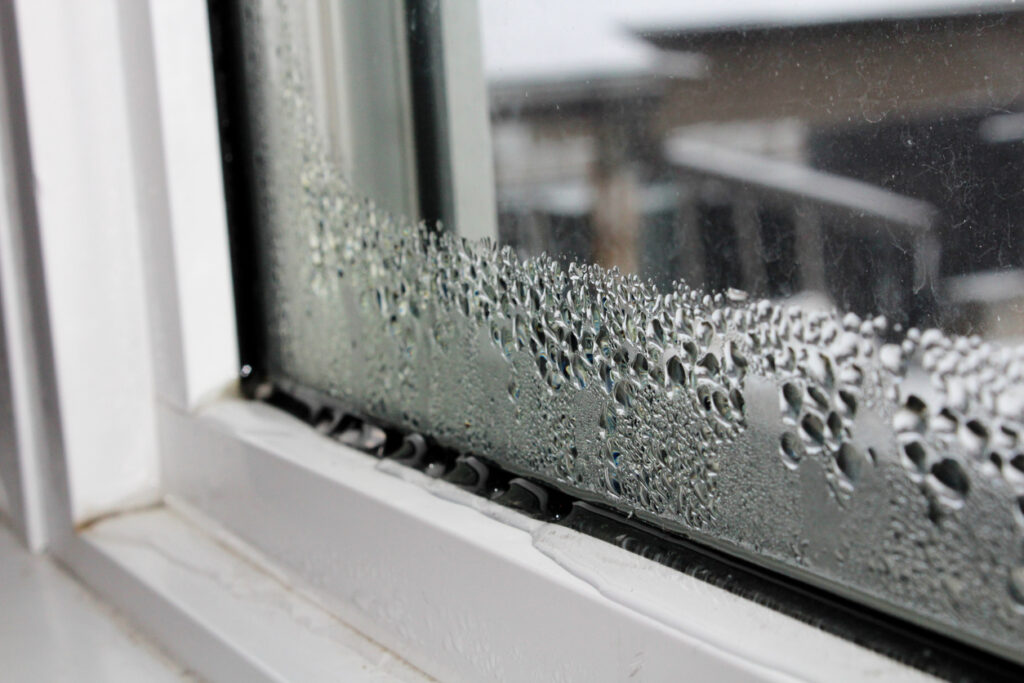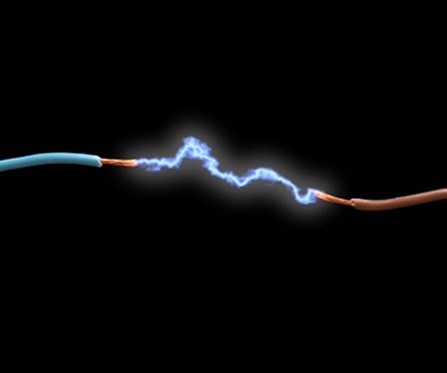Everything You Need To Know About Trenchless Sewer Repairs
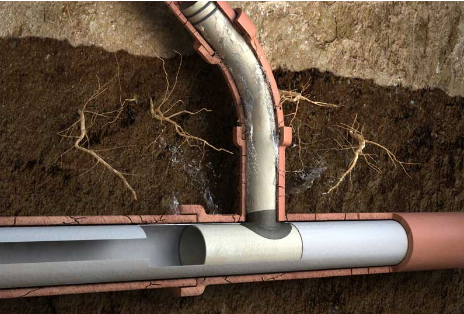
Often, when homeowners think about repairing failing sewer lines, images of significant excavations and torn-apart landscaping come to mind. However, with advancements in sewer repair technology, trenchless methods offer a less invasive solution that can restore your sewer system back to full functionality without the need for extensive excavation.
In this blog post, the plumbing professionals at Dean’s Home Services explain everything you need to know about trenchless sewer repairs, from the basics of how they work to when they’re a suitable solution.
Trench vs. Trenchless Pipe Repairs
Traditionally, sewer repairs have been performed using a trench method, where long, deep trenches are dug along the entire length of the existing pipes to allow for their removal and replacement. This method is not only time-consuming but also impacts landscapes, driveways, and other surface structures.
By contrast, trenchless sewer repairs are performed with minimal excavation, often requiring just one or two small access points. This approach not only preserves your landscaping and hardscaping but also reduces the repair time significantly. Trenchless technology can also be used to repair pipes that are cracked, broken, or corroded without the need for extensive excavation.
Benefits of Trenchless Sewer Repairs
There are many advantages of trenchless sewer repairs, which is why they are a preferred choice for many homeowners. Key benefits include:
- Less intrusive: Minimal digging is required, which preserves your yard and landscaping.
- Cost-effective: Reduces labor costs and the need for extensive restoration post-repair.
- Faster: Most repairs can be completed in a day or less.
- Less disruptive: Reduces the inconvenience to homeowners and does not require disrupting traffic or property use.
- Environmentally friendly: Less excavation means less environmental disruption.
When Are Trenchless Repairs an Option?
Trenchless repairs are not suitable for every situation. The choice to use trenchless repair methods depends on the condition of the existing pipes and the surrounding soil. Generally, trenchless repairs are a good option if the existing pipes are stable enough to withstand the repair process without collapsing. However, if the pipes are collapsed or if there is a severe blockage, traditional trench methods may be necessary.
In general, trenchless sewer repair is best suited for:
- Minor cracks or breaks in the pipes
- Repairing sewer lines under landscaped or built-up areas
- Situations where minimal disruption is required
Trenchless Repair Methods
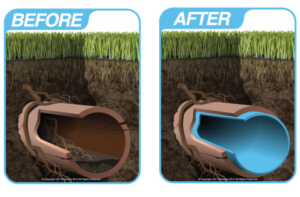
There are several trenchless repair techniques available, each suited for different types of damage and soil conditions. The following are some of the most common trenchless sewer repair methods used today:
- Cured-in-place pipe (CIPP): The CIPP technique involves inserting a resin-coated liner into the damaged pipe, which is then cured using heat or UV light to form a rigid, smooth pipe within the old pipe.
- Pipe bursting: This method involves breaking apart the old pipe while simultaneously pulling a new pipe through. It is best for severely damaged pipes.
- Slip lining: In this trenchless repair method, a new, smaller pipe is inserted into the existing pipe, and then the space between the two pipes is sealed. This method is most suitable for stable pipes with minimal damage.
Choose Dean’s for Expert Sewer Repairs
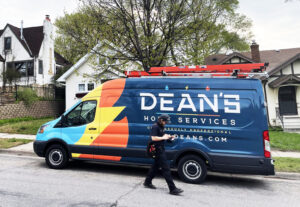
Trenchless sewer repairs offer a more cost-effective and less disruptive alternative to traditional methods, making them an excellent choice for homeowners experiencing sewer line failures. If the sewer lines in your Twin Cities home are presenting problems, Dean’s Home Services is here to help. Our professionals offer trenchless sewer line repair solutions to restore total functionality without sacrificing your landscape. With same-day service availability and free estimates on sewer line replacements, you can rest assured that your sewer line repair services will be handled in the most convenient, cost-effective manner.
Schedule trenchless sewer line repair in Minneapolis, St. Paul, or the surrounding areas by contacting our team today!





Request Service
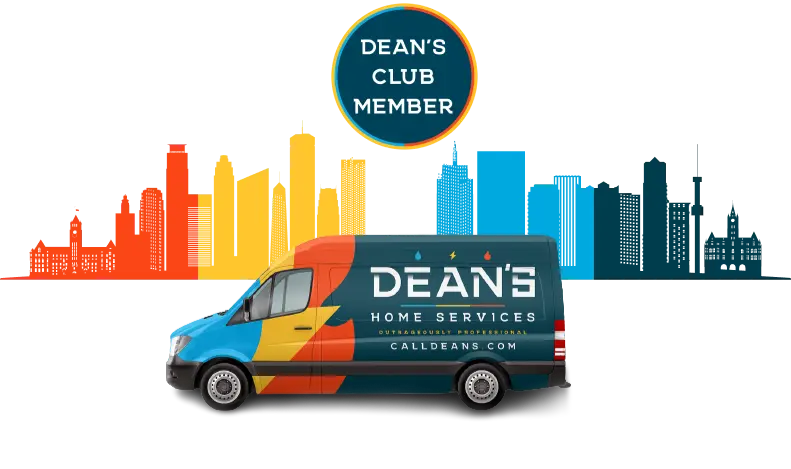
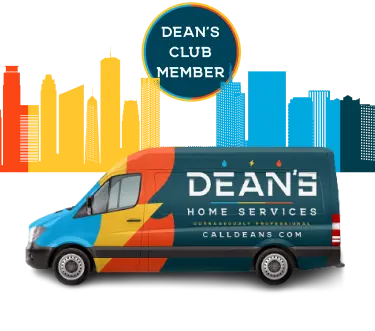
- Free annual evaluations
- 10% discount on repairs and equipment
- Priority scheduling
- No regular travel charges
- Discounted after-hours travel charges



